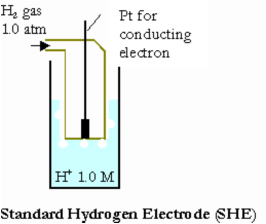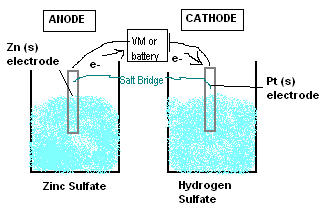





- Hess’s Law: summation of enthalpies
- Spontaneity depends on ∆G (∆G = ∆H - T∆S) graphable
∆G will tell you whether a reactions happens or not!
…will tell you NOTHING about rxn rate.
∆G / spontaneity is dependent on temperature, NOT necessarily on ∆H and ∆S.
NEG ∆G = spontaneous
POS ∆G = non spontaneous
ZERO ∆G = equilibrium
∆Gf indicates whether we have a stable or unstable compound relative to its elements.
NEG ∆Gf = STABLE… will spontaneously form compound.
POS ∆Gf = UNSTABLE… will not spon. form compound, need to input energy into the system
POS ∆S = increase in disorder
NEG ∆S = decrease in disorder
Consider why according to eq:
ex: ATP-coupled reactions
ex2: Hydrogen bonding
 5 factors that affect rate: 1) concentration of reactants, 2) temperature, 3) presence of catalyst, 4) rxn medium, 5) surface area of reactants
5 factors that affect rate: 1) concentration of reactants, 2) temperature, 3) presence of catalyst, 4) rxn medium, 5) surface area of reactants
Reaction: aA + bB →(C)→ dD + eE
Rate Law = k [A]m [B]n [C]p
*** DO NOT WRITE THE CO-EFFICIENT for the exponents… they are EXPERIMENTALLY DETERMINED and must be derived from calcuculating the rate order from a table of trials!!!
Caluclating Rate Order:| Rxn order (m): | Rate mult. by: |
| -1 | ½ |
| 0 | 1 |
| 1 | 2 |
| 2 | 4 |
k = A e-Ea / RT